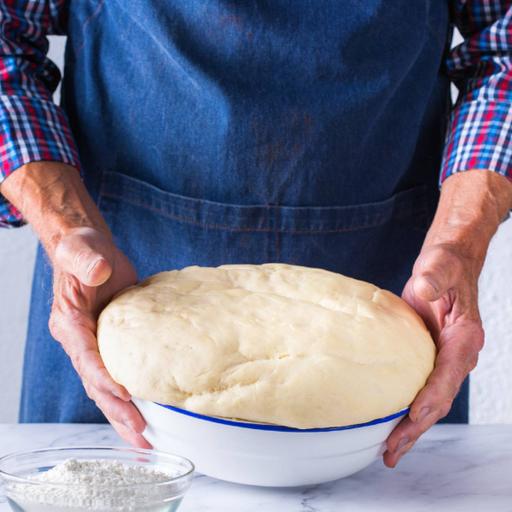Bread Making Processes
Presentations | English
Breadmaking is a centuries-old traditional craft, practised in any country capable of growing or importing wheat. This has meant the evolution of a diverse range of breadmaking processes designed to achieve a wide range of bread products. There are a number of central themes that are common to all bread products and breadmaking processes. The breadmaking process is a dynamic process in which flour constituents are subjected to numerous physicochemical changes. Bread is the product of baking a mixture of flour, water, salt, yeast and other ingredients. The basic process involves mixing of ingredients until the flour is converted into a stiff paste or dough followed by baking the dough into a loaf. Breadmaking processes involves mixing the ingredients, rising, kneading, second rising, baking and cooling. To make good bread, dough made by any process must be extensible enough for it to relax and to expand while it is rising. A good dough is extensible if it will stretch out when pulled. It also must be elastic, that is, have the strength to hold the gases produced while rising and stable enough to hold its shape and cell structure.

33.00
Lumens
PPTX (44 Slides)
Bread Making Processes
Presentations | English
